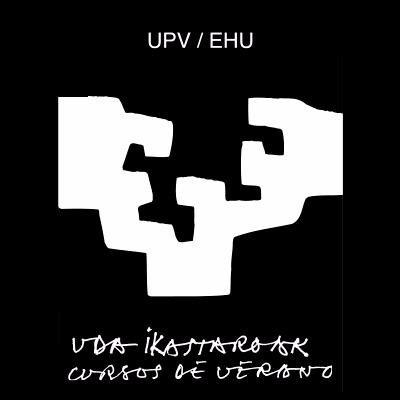



Invited
Mapping Enantioselectivity across Surface Structure Space
1Dept. of Chemical Eng.
2W.E. Scott Institute for Energy Innovation, Carnegie Mellon Univ., 5000 Forbes Ave., Pittsburgh, PA 15213
Enantioselectivity can be observed on naturally chiral metal surfaces with structures that are described as having flat low Miller index terraces separated by kinked step edges, therefore lacking mirror symmetry. This work has mapped the enantiospecific decomposition kinetics of tartaric acid (TA) on ~500 different single crystal planes exposed by the surfaces of Cu(111) and Cu(100) Surface Structure Spread Single Crystal (S4C). S4Cs are single crystals polished into a spherical shape that expose continuous distributions of surface orientations vicinal to primary orientation [1]. The left hand panel of the figure shows a Cu(111) S4C with a curved surface exposing all crystal faces having orientations lying within ~10o of Cu(111). During isothermal decomposition, XPS has been used to map the temporal evolution of the coverage of TA at points across the Cu(111) and Cu(100) S4Cs. The center and right hand panels of the figure shows D- and L-TA coverage maps across the Cu(100) S4C following heating at 450 K to decompose ~70% of the initially adsorbed TA. Blue reveals regions in which the TA has been completely decomposed. Red reveals regions in which TA decomposition has barely begun. The fourfold symmetry of the Cu(100) substrate is apparent, and the enantiospecificity of the decomposition kinetics is revealed by the spiral nature of the two maps and their opposite sense of handedness for D- and L-TA. These data can be analyzed to yield the enantiospecific rate constants for TA decomposition as functions of surface orientation.

[1] A. de Alwis, B. Holsclaw, V.V. Pushkarev, A. Reinicker, T.J. Lawton, M.E. Blecher, E.C.H. Sykes, AJ. Gellman, Surface Science 608, 80-87 (2013).